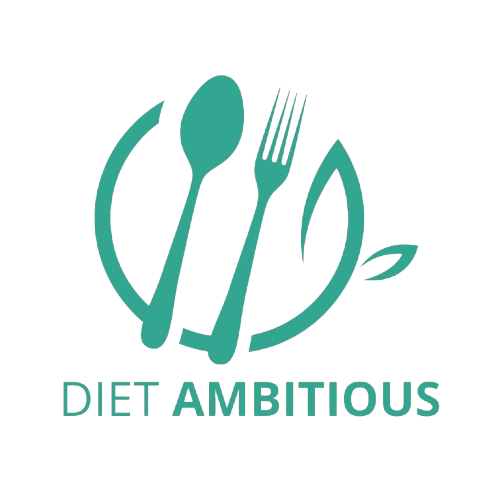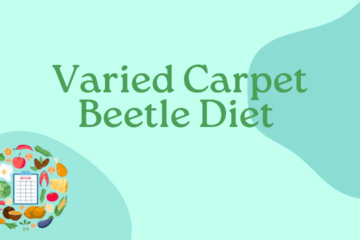The Candida diet is designed to reduce the growth of Candida albicans, a type of yeast that naturally occurs in the body. When Candida grows excessively, it can lead to a range of health issues, including yeast infections, digestive problems, and fatigue.
The diet eliminates foods that promote the overgrowth of yeast, such as sugars, refined grains, and certain dairy products.
Chickpeas, often known as garbanzo beans, are a common legume that many people wonder about when following a Candida diet. While chickpeas are a healthy and nutrient-dense food, they can be a bit more complicated when it comes to the Candida diet.
Let’s dive into whether or not chickpeas can be included and how to approach them if you’re following this restrictive plan.
Table of Contents
What Is the Candida Diet?
Before we explore the role of chickpeas, it’s essential to understand what the Candida diet entails. The diet focuses on eliminating sugar, refined carbs, processed foods, and high-glycemic fruits. These foods can fuel Candida growth, allowing it to thrive in the body. In contrast, the diet encourages whole, unprocessed foods, including lean proteins, healthy fats, non-starchy vegetables, and low-sugar fruits.
In most Candida diet plans, foods that are high in starch or sugar are avoided, as they can contribute to an increase in yeast levels. Since chickpeas are legumes and contain carbohydrates, it’s important to know whether their starch content can interfere with the effectiveness of the Candida diet.
Nutritional Profile of Chickpeas
Chickpeas are a great source of plant-based protein, fiber, and essential vitamins and minerals like folate, iron, and manganese. One cup of cooked chickpeas contains about 270 calories, 15 grams of protein, and 45 grams of carbohydrates, including 12 grams of fiber.
The high fiber content in chickpeas makes them an excellent food for digestive health. However, they also have a relatively high carbohydrate content, which is important to consider when following the Candida diet.
Can You Eat Chickpeas on the Candida Diet?
The short answer is that it depends on the specific version of the Candida diet you are following, as well as how your body reacts to chickpeas.
- In the Early Stages of the Candida Diet: In the beginning stages of the Candida diet, when the goal is to aggressively reduce yeast overgrowth, many people avoid legumes like chickpeas. Legumes are considered a source of carbohydrates, and the goal in the early phase is to eliminate foods that can cause blood sugar spikes. Chickpeas, being relatively high in carbohydrates (especially starch), could potentially fuel Candida growth and are often avoided.
- In the Later Stages of the Candida Diet: After following the more restrictive initial phase, some individuals reintroduce legumes like chickpeas in small amounts, especially if their symptoms have improved. The fiber content in chickpeas can be beneficial for gut health, and as the body’s Candida levels stabilize, chickpeas may be easier to digest without triggering yeast overgrowth.
How Chickpeas May Affect Candida Growth
While chickpeas are rich in fiber and protein, their carbohydrate content is something to consider when following the Candida diet. The carbs in chickpeas can be broken down into sugars during digestion, which could potentially feed Candida and worsen symptoms if consumed in large amounts.
However, chickpeas have a relatively low glycemic index (GI), meaning they do not cause a rapid spike in blood sugar levels compared to other high-carb foods. This makes them a more suitable choice than refined grains and sugars, which are typically eliminated on the Candida diet. If you are in the later phases of the diet and your body has adapted to a lower sugar environment, small portions of chickpeas might be tolerable.
Tips for Including Chickpeas on the Candida Diet
If you decide to include chickpeas in your diet, here are some tips for doing so in a way that minimizes the potential for Candida flare-ups:
- Start Slow: Begin by adding small amounts of chickpeas to your meals, especially if you’re in the later stages of the diet. Monitor your body’s response and any changes in your symptoms.
- Soak and Cook Properly: To reduce the starch content and make chickpeas easier to digest, soak dried chickpeas overnight and cook them thoroughly. This will help to break down some of the complex sugars that could contribute to yeast overgrowth.
- Combine with Low-Glycemic Foods: Pair chickpeas with non-starchy vegetables, healthy fats, and lean proteins. This will help balance out the carb content and prevent a blood sugar spike.
- Avoid Processed Chickpea Products: Stick to whole, cooked chickpeas rather than processed products like chickpea flour or canned chickpeas that may contain added sugars or preservatives.
Alternatives to Chickpeas on the Candida Diet
If you find that chickpeas don’t work well for your body or you prefer to avoid them, there are other legume and non-legume options you can include in your diet. For example:
- Lentils: Like chickpeas, lentils are rich in protein and fiber but have a lower glycemic index.
- Green Beans: These are lower in starch and can be a great addition to your meals without feeding Candida.
- Zucchini and Eggplant: These non-starchy vegetables can be a good replacement for beans and legumes in many dishes.
Conclusion
Chickpeas can be a bit tricky when following the Candida diet due to their carbohydrate content, but they can still be incorporated in small amounts if you’re in the later stages of the diet. It’s important to listen to your body and monitor how you feel when reintroducing chickpeas. If you have concerns about your Candida symptoms or are unsure whether chickpeas are right for you, consider consulting with a healthcare professional who can offer personalized advice based on your individual needs.




